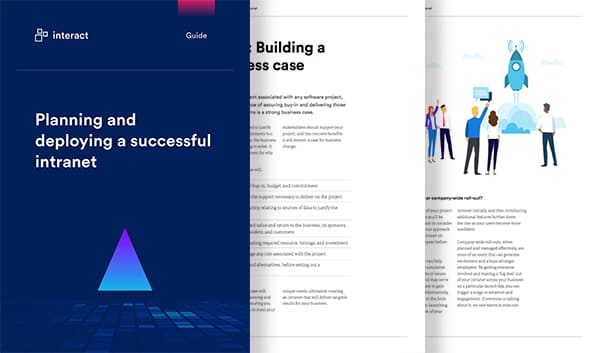AIIM Conference – Digital Transformation: Embrace the Chaos
Last week I was fortunate enough to be in San Diego at the AIIM @AIIMIntl Conference – Digital Transformation: Embrace The Chaos. It was set to discuss the major disruptive forces which are accelerating the pace of change and driving organisations into information chaos.
As humans we like certainty and by and large resist change. However, change is needed to be successful and organisations must embrace it in order to evolve and maintain competitive advantage. The fact is, organisations don’t just change because of investment into new systems, revised processes or adjusted structures. They change because the people within the organisation adapt and change too. Only when the people within it have made their own personal transitions, can an organisation truly reap the benefits of change. The conference encouraged delegates to embrace the chaos that this brings, and inspire and nurture the innovation that is needed to be successful.
In the opening keynote, Charlene Li (CEO and Principal Analyst at Altimeter Group) @CharleneLi spoke about the ‘The Engaged Leader’ (also the title of her new book, which based on content and style of her presentation I’d recommend.) Her belief was that to be a true digital leader requires a metamorphosis: you must connect directly by listening, sharing and engaging using digital technologies. Engagement in the digital age is all about how you can establish meaningful relationships. The job title only gets you so far, real credibility comes from what you do and that carries you further.
According to Charlene, the key is to “break down the power distance” in order to achieve effective communication with customer facing staff. This can be facilitated if you use the tools that the intended audience does and then engage frequently. She summarised it with “Leadership is the art of followship”.
It may be that the leader needs to transform, and adopt new behaviours, but they may be resistant to the change. They might not be comfortable in doing new things and Charlene shared some common excuses offered by leaders and how they could be responded to;
- “It’s not about me” – it doesn’t have to be and shouldn’t be all about you
- “I don’t have time” – you have no time to listen and show you care?
- “It doesn’t replace face to face” – no, and it shouldn’t, it should complement, it’s not one or the other
- “It’s marketing’s job (or A.N. Other)” – no, for it to be authentic it should come from you
- “I don’t want to make a mistake” – you have got to the position you’re in because of your ability. If you need guidance, it can be offered
There is often a fear of failure that needs to be recognised and then tackled. It may be that senior execs have the belief that the path to digital transformation is a disruptive, revolutionary one, rather than one which is an evolutionary process. The focus should be on it being transformative, not disruptive.
Development Stages of an Engaged leader
Based on the Kübler-Ross Change Curve, Charlene spoke of four stages, a model which had an adjustment suggested in a later workshop to introduce a new initial stage of Ignorance. Therefore the amended model would be;
1) Ignorance
2) Denial
3) Bargaining
4) Acceptance
5) Transformation
They key is to build trust and that itself is based on telling the truth and being open. This may mean that you need to manage up. If there is resistance within the senior management team then you should focus on their goals when looking to tackle any obstacles. With middle managers the focus should be on helping them being facilitators of the change.
The reality is that both chaos and change are never comfortable places for managers and leaders to be in.
Culture can also work against the efforts of change. Studies show that in 63% of transformation efforts the culture is the biggest barrier to change. Creating a culture of sharing can help overcome this – sharing underpins the relationships we build and stories are a good foundation. We are all more able to remember a story with a beginning, middle, end and moral, with greater ease than a bullet point list.
Try it for yourself: can you recall the 5 bullet points or 5 numbered items within this blog?
